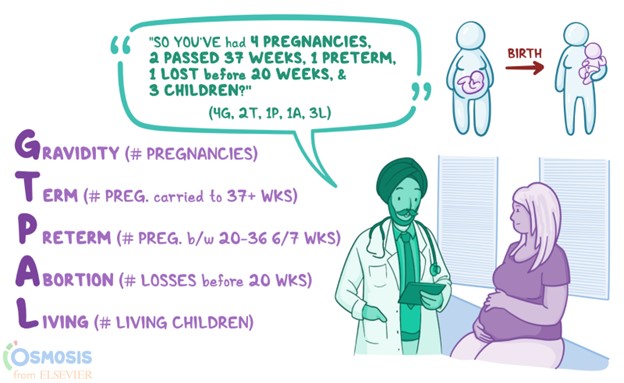A nurse is caring for a client who has an NG tube set to low intermittent suction. The nurse irrigates the NG tube twice with 30 mL of normal saline solution during his shift. At the end of the shift, the NG canister contains 475 mL. What amount of NG drainage should the nurse record? (Round the answer to the nearest whole number. Use a leading zero if it applies. Do not use a trailing zero.)
The Correct Answer is ["415"]
To calculate the amount of NG drainage, the nurse should subtract the amount of irrigation fluid from the amount of fluid in the NG canister. The irrigation fluid is not part of the drainage, but rather a way to keep the NG tube patent and prevent clogging.
The amount of irrigation fluid is 30 mL x 2 = 60 mL.
The amount of fluid in the NG canister is 475 mL.
Therefore, the amount of NG drainage is 475 mL - 60 mL = 415 mL.
The answer should be rounded to the nearest whole number and use a leading zero if it applies. Do not use a trailing zero.
Therefore, the final answer is 415 mL.
Nursing Test Bank
Naxlex Comprehensive Predictor Exams
Related Questions
Correct Answer is B
Explanation
Choice A Reason: This option is incorrect because it underestimates the number of pregnancies (gravida) and overestimates the number of preterm births (preterm). The client has had four pregnancies (twins count as one pregnancy), not three. The client has had one preterm birth (the twins), not two.
Choice B Reason: This option is correct because it accurately reflects the client's obstetric history. GTPAL stands for Gravida, Term, Preterm, Abortions, and Living children. Gravida is the number of pregnancies a woman has had, regardless of outcome. Term is the number of pregnancies that ended at or beyond 37 weeks gestation. Preterm is the number of pregnancies that ended between 20 and 36 weeks gestation. Abortions are the number of pregnancies that ended before 20 weeks gestation, either spontaneously or induced. Living children are the number of children who are alive at present.
The client has had four pregnancies (gravida), one term birth (the son), one preterm birth (the twins), one abortion (the miscarriage), and three living children (the twins and the son).
Choice C Reason: This option is incorrect because it overestimates the number of preterm births (preterm) and underestimates the number of living children (living). The client has had one preterm birth (the twins), not two. The client has three living children (the twins and the son), not one.
Choice D Reason: This option is incorrect because it underestimates the number of pregnancies (gravida) and overestimates the number of abortions (abortions) and preterm births (preterm). The client has had four pregnancies (twins count as one pregnancy), not three. The client has had one abortion (the miscarriage), not two. The client has had one preterm birth (the twins), not two.

Correct Answer is ["2"]
Explanation
To calculate how many capsules to administer per dose, the nurse should divide the ordered dose by the available dose and round to the nearest whole number.
The ordered dose is 50 mg.
The available dose is 25 mg per capsule.
Therefore, the number of capsules to administer per dose is 50 mg / 25 mg = 2 capsules.
The answer should be rounded to the nearest whole number and use a leading zero if it applies. Do not use a trailing zero.
Therefore, the final answer is 2 capsules.
Whether you are a student looking to ace your exams or a practicing nurse seeking to enhance your expertise , our nursing education contents will empower you with the confidence and competence to make a difference in the lives of patients and become a respected leader in the healthcare field.
Visit Naxlex, invest in your future and unlock endless possibilities with our unparalleled nursing education contents today
Report Wrong Answer on the Current Question
Do you disagree with the answer? If yes, what is your expected answer? Explain.
Kindly be descriptive with the issue you are facing.
